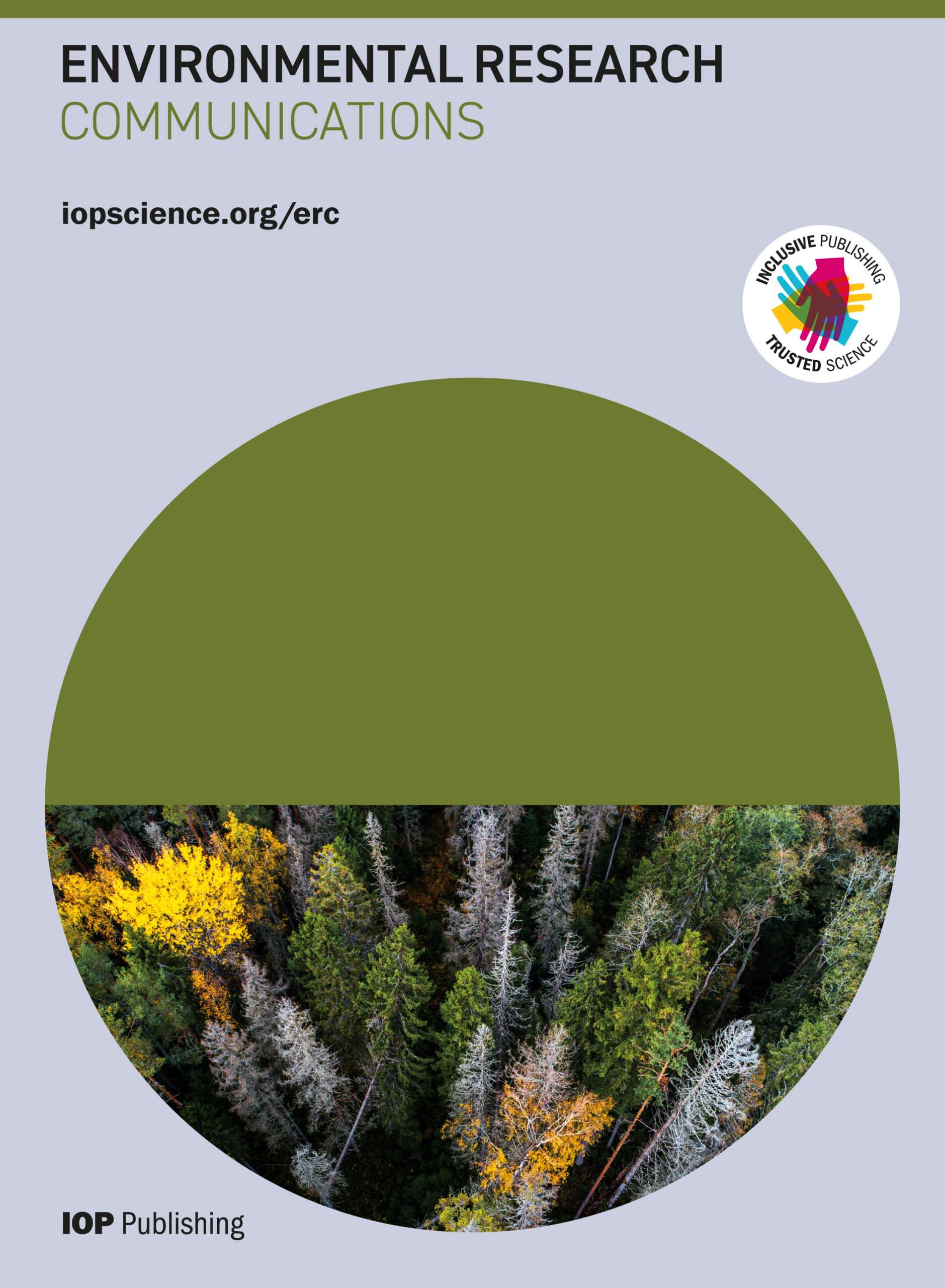ERC特刊征稿|Reactive Nitrogen and Atmosphere-Biosphere Interactions

特刊详情
客座编辑
- U C Kulshrestha,印度贾瓦哈拉尔·尼赫鲁大学
- Md Mizanur Rahman,孟加拉国班加班杜谢赫穆吉布尔拉赫曼农业大学
- T K Adhya,印度卡林加工业技术学院
主题范围
Nitrogen is the most abundant gas in the atmosphere. It is an important and essential element of our life. In order to make it biologically functional, the inert nitrogen is transformed into reactive nitrogen forms such as NH3, NO3- and NO2-. The constantly growing demands of food supply and energy usage during the last few decades has caused an increase in fossil fuel burning, fertilizer production and its application. A huge amount of nitrogen is converted into its reactive forms such as urea and other synthetic fertilizers. However, nitrogen is also transformed into reactive nitrogen species through a natural process which converts nitrogen into reactive nitrogen species through biological activity called biological nitrogen fixation (BNF). But the Haber-Bosch process of urea production is a very significant process that is responsible for artificial nitrogen fixation several folds of BNF. Human intervention has altered the natural nitrogen cycle. Automobile emissions contribute NO and NO2 as the reactive nitrogen species. Low use efficiency of N fertilizer is a significant source of N2O emissions from soils. Local as well as long range transport of these reactive nitrogen species have adverse impacts on ecosystems and climate. Excess exposure to NO2 is harmful to plants and their yield. Excessive urea application impacts soil health and further impacting germination and seedling growth. The run off of nitrogen and phosphorus nutrients are responsible for eutrophication of waterbodies having unwanted growth of algae. Hence, research on reactive nitrogen spices and their atmosphere-biosphere interactions is very important in order to understand their sources, transformation, transport, and deposition processes to further understand their impacts on soils, waterbodies and other ecosystems.
The prospective themes of the issue are as given below-
- Atmosphere-biosphere interactions.
- Nitrogen use efficiency.
- Ammonia measurements.
- Studies on Neem coated urea and NH3.
- Traditional agricultural practices.
- Nitrogen outdoor and indoor air pollution.
- Emission inventories of reactive nitrogen species.
- Wet and dry scavenging of reactive nitrogen species.
- Interlinkages of N and C species.
- Transformations and transport of nitrogen species.
- Throughfall studies of reactive nitrogen.
- Source apportionment.
- Reactive nitrogen in Himalayan ecosystem.
- Eutrophication.
- Ocean nitrogen cycle.
- Nitrogen policies and regulations.
投稿流程
特刊文章与ERC期刊常规文章遵循相同的审稿流程和内容标准,并采用同样的投稿模式。
有关准备文章及投稿的详细信息,可以参阅:https://publishingsupport.iopscience.iop.org/journals/environmental-research-communications/。
作者可登入期刊主页进行在线投稿,选择“文章类型”(Letter/Paper/Topical Review),并在“选择特刊”的下拉框中选择“Focus on Reactive Nitrogen and Atmosphere-Biosphere Interactions”。
投稿截止日期:2024年5月31日。
期刊介绍

- 2022年影响因子:2.9 Citescore: 3.6
- Environmental Research Communications(ERC)是一本开放获取期刊,涵盖与环境研究相关的所有领域,包括跨学科和多学科的研究。ERC发表推动该领域知识的所有研究结果,包括增量研究、负面结果、无效结果、案例分析、区域性研究和复制研究。
